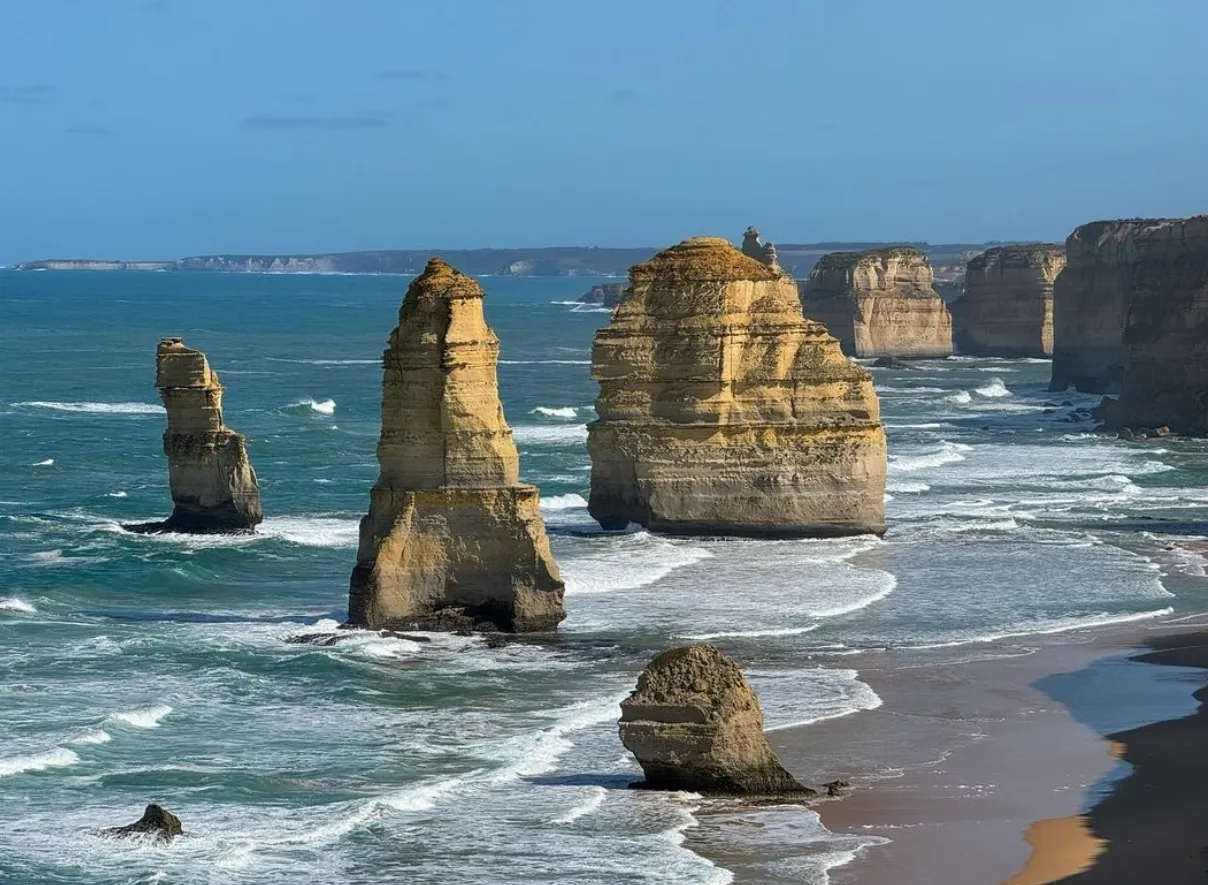The 12 Apostles, a breathtaking series of limestone stacks on the Port Campbell coast in Victoria, Australia, are one of Australia’s most popular attractions. Located in the heart of Port Campbell National Park, these giants have attracted millions of visitors from around the world. Despite their name, the 12 Apostles never were 12 and are now down to 8 due to erosion. Over time, the Southern Ocean and coastal winds have carved and sculpted this piece of Australia’s coastline and left its mark on the landscape and the people.
This stunning section of limestone cliffs along the Great Ocean Road is famous for its views and its history. Let’s explore the creation, history and changes of the 12 Apostles, their cultural significance and how you can experience this wonder today.
The Formation
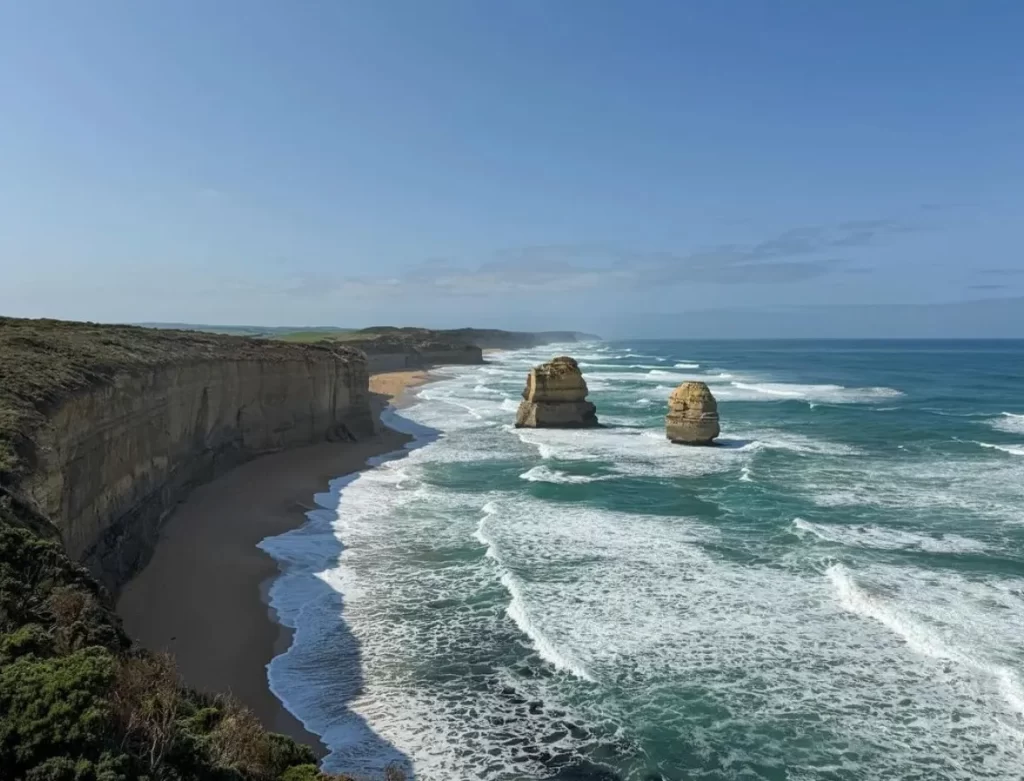
The 12 Apostles were formed over 20 million years ago through erosion. The coastal rock formation we see today was once part of the mainland. Over millions of years, the relentless pounding of ocean waves and the blasting of the winds eroded the softer limestone in the cliffs, creating caves and arches and eventually isolated offshore stacks. These limestone formations, known as Apostles sea stacks, stand as a monument to nature.
The process of formation of the Apostles is ongoing. As the coastline is shaped by natural forces more coastal rock formations may emerge and existing ones like the 12 Apostles may disappear. The limestone layers are highly erodible and the calcium carbonate content makes the stacks very susceptible to the elements.
Erosion and Collapse
The same forces that created the 12 Apostles have also caused some to collapse. In 2005, one of the most famous Apostles fell into the ocean, reducing the number of visible stacks to 8. Erosion caused by the Southern Ocean and coastal winds continues to chip away at the remaining Apostles sea stacks. The limestone is brittle, so more collapses are inevitable.
So it’s not a loss. It’s just part of the cycle. Over geological time, new limestone stacks may emerge as the cliffs are worn away, and new features will be added to this already amazing coastline. The changing nature of this coastline is what makes the 12 Apostles so special.
Cultural Heritage and Environmental Impact
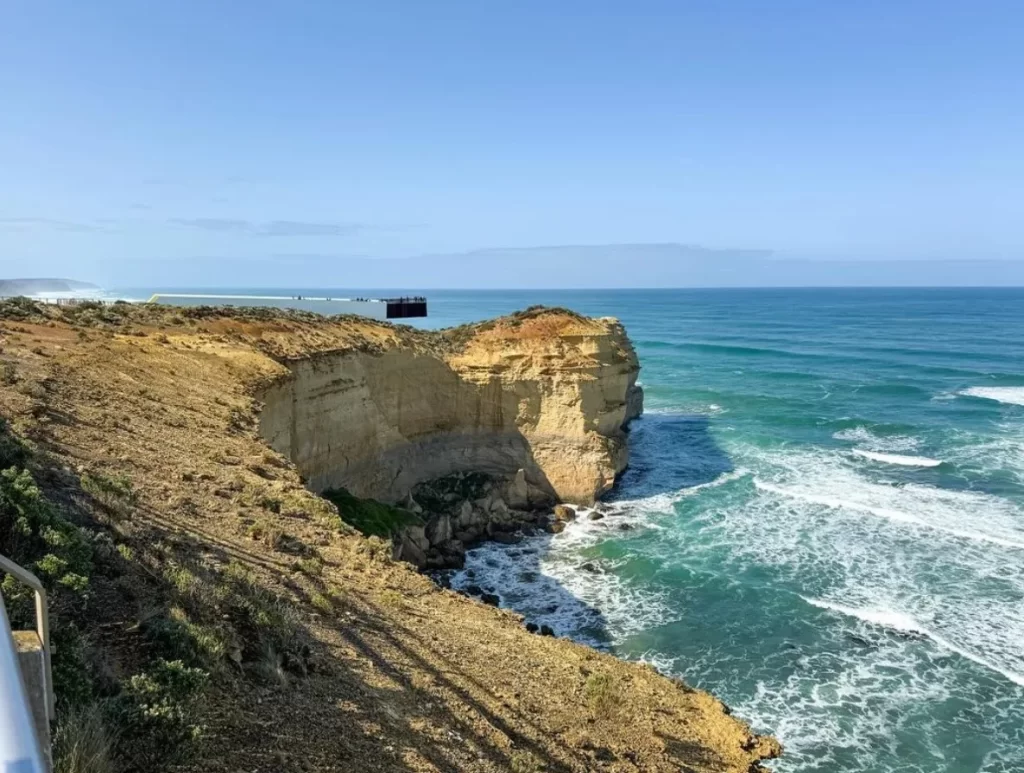
The land around the 12 Apostles, including Port Campbell National Park, is of great importance to the traditional owners of the area. The cultural heritage of these traditional lands is a connection to the land that has been passed down through the generations. As visitors to these natural wonders, we need to approach the landscape with respect and the spirit of reconciliation that acknowledges the past and preserves these icons for the future.
And the climate crisis is a worry for the 12 Apostles. Rising sea levels and more frequent storms will accelerate the erosion. Port Campbell and other nearby coastal towns are facing community challenges as they adapt to the changing environment while maintaining community spirit and equity for all who live and work in the area.
Apostles Today
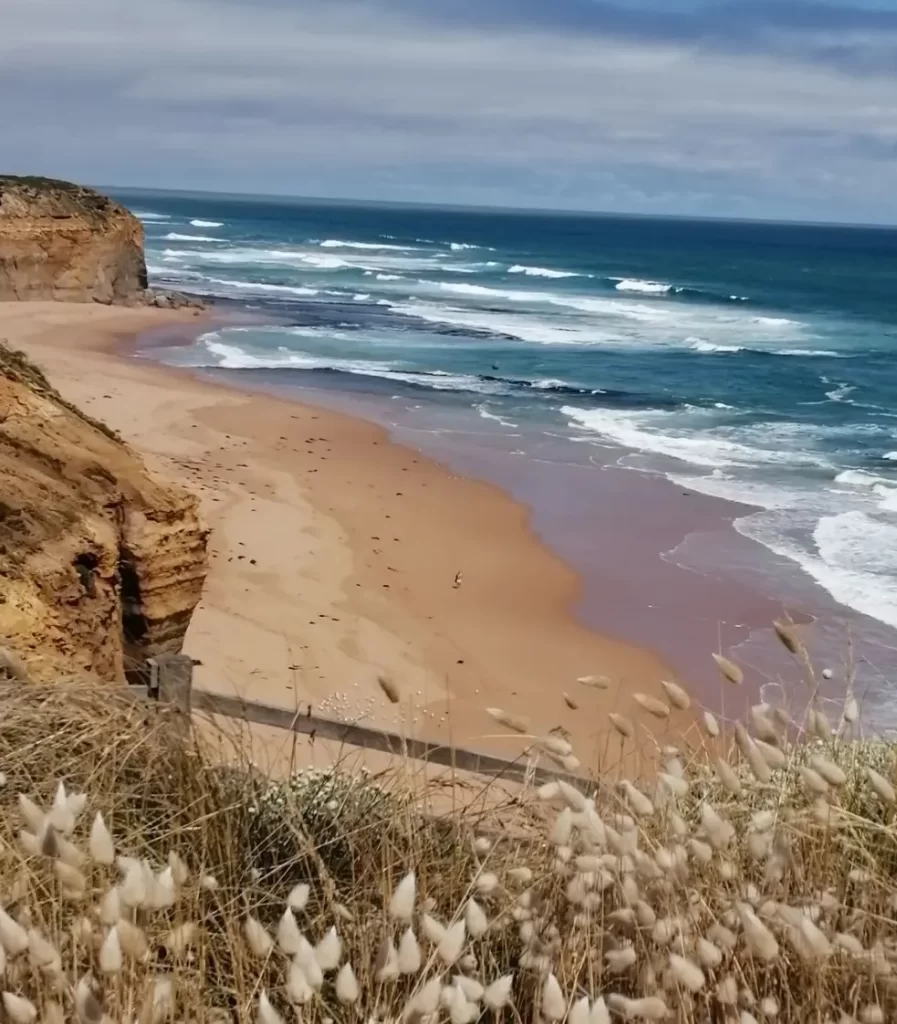
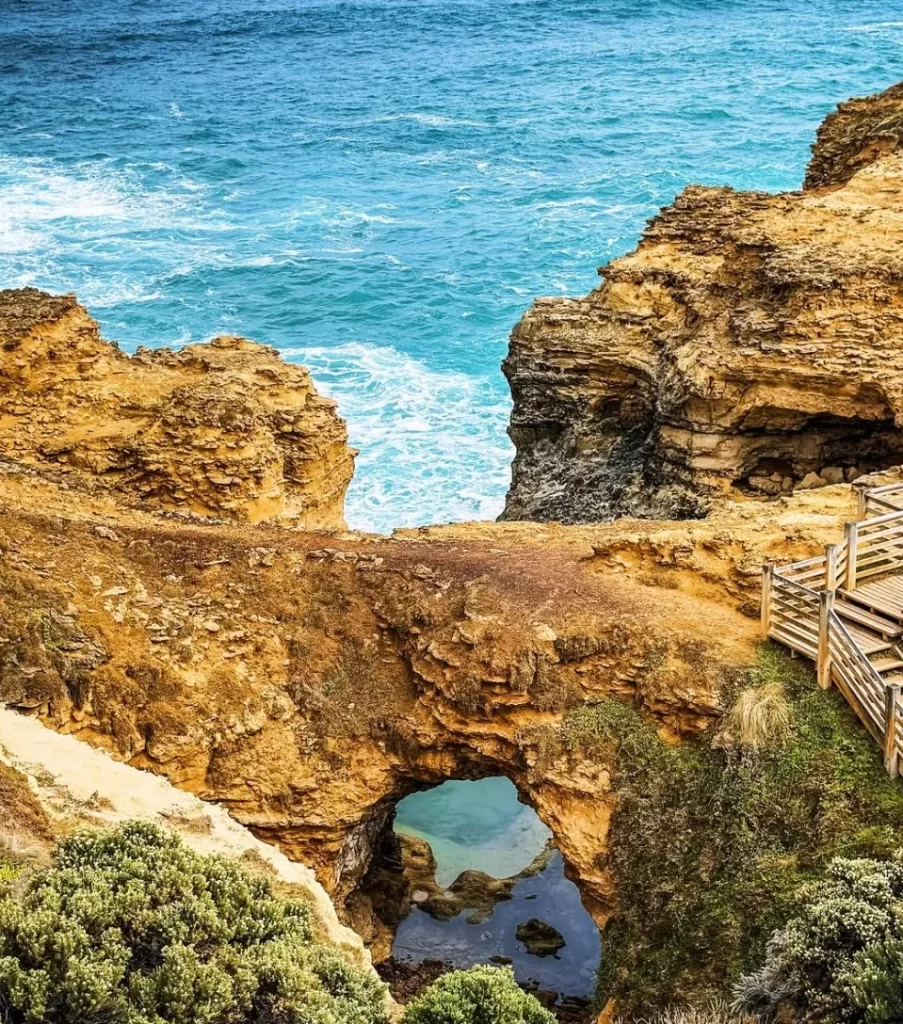
If you’re visiting, the 12 Apostles are right on the Great Ocean Road, one of the most scenic drives in the world. Port Campbell is the nearest town and there’s plenty to see and do in the area. The Port Campbell Visitor Information Centre is a good place to start, they can tell you all about the natural wonders of the region, from the 12 Apostles to Mutton Bird Island, London Bridge and Gibson Steps.
If you want to see the Apostles from a different angle, Apostles Helicopter offer scenic flight 12 Apostles tour that take you over the rock islands, pillars and the stunning coastline. These flights show you the full extent of the coastline’s natural beauty from the coastal vegetation to the ancient rainforests inland.
Many people come for a day trip, but it’s worth allowing plenty of time to explore the area. The scenic stops along the coastal drive offer many photo opportunities. The nearby coastal towns of Kennett River and Grey River Road are great places to grab a cold drink and soak up the atmosphere of this beautiful region. Don’t miss sunrise or the Apostles’ lookouts for the ultimate experience.
Nearby Attractions Along the Great Ocean Road
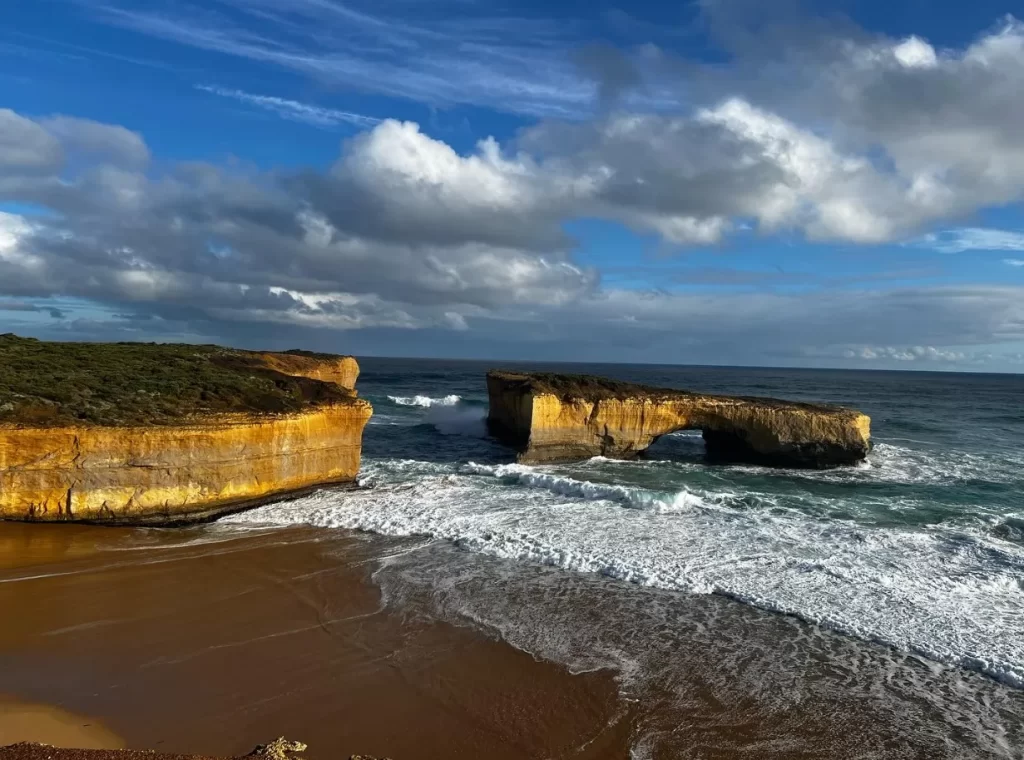
While the 12 Apostles are the main event, the whole of the Great Ocean Road is scattered with natural and cultural attractions. London Bridge, a natural arch that was once connected to the mainland, collapsed in 1990 but is still worth a visit. Mutton Bird Island is another popular stop along the way.
Sherbrook River is where you can get off the beaten track and explore the coastal land, Ard Gorge beach is a beautiful spot to chill out, but be aware that beach access may be closed at times due to beach storms. The cool rainforest inland is a contrast to the coastal scenery and if you want to see more of the area’s natural beauty then there’s hiking opportunities for you.
If you’re looking for a day trip destination the 12 Apostles and surrounding natural attractions are the perfect escape. Whether you’re driving along the Great Ocean Road, bird feeding at Kennett River or bird watching along the way, this region has something for every type of explorer. For content for explorers the Great Ocean Road and the 12 Apostles area has blockbuster sights and afternoon of a lifetime.
As the coast continues to erode the number of Apostles will continue to dwindle. Some experts say in time there will be only a few left. But new rock formations will form over the centuries and the Earth’s landscape is always changing.
For now, you can still enjoy the view. While the construction of new infrastructure, including villas, will bring more tourism to the area, the focus is on preserving the natural beauty and cultural significance of these ancient monuments for future generations.
FAQ
Why are they called the 12 Apostles when there are only eight?
The name 12 Apostles was chosen for its sound, even though there never were 12. Due to erosion there are only eight standing today.
How did the 12 Apostles form?
The 12 Apostles were formed over millions of years by the ocean and wind eroding the softer limestone. Caves and arches were created and eventually became the isolated rock stacks you see today.
What caused some of the Apostles to collapse?
Erosion from the Southern Ocean and blasting winds have weakened the limestone and caused collapses. The last one fell in 2005.
Can new Apostles form?
Yes, over geological time, new coastal rock formations can emerge as the cliffs erode. But that takes thousands of years.
What else can I visit near the 12 Apostles?
Nearby attractions include London Bridge, Mutton Bird Island, Gibson Steps and Sherbrook River. The Great Ocean Road drive is also stunning, and you can explore ancient rainforests and coastal vegetation.
